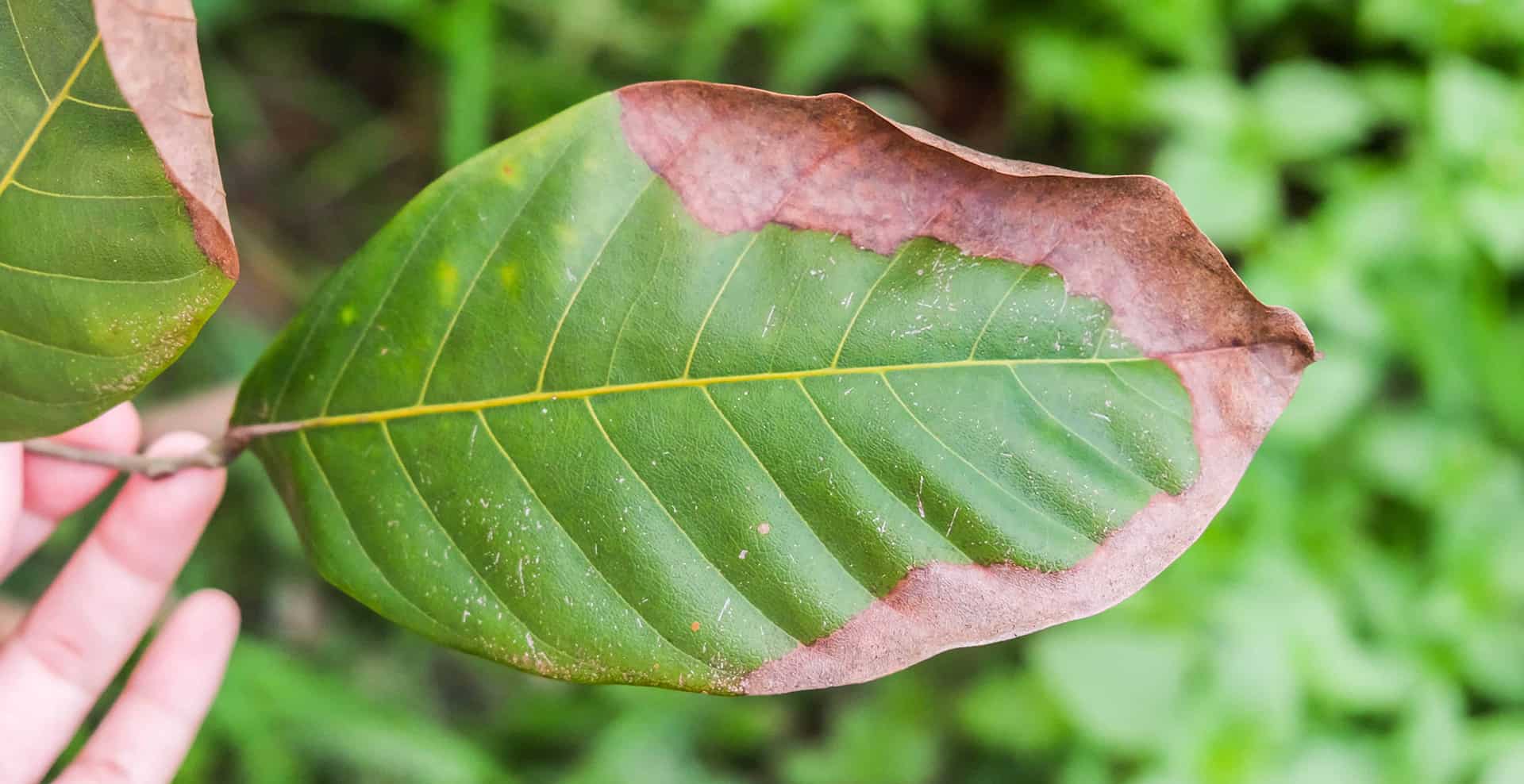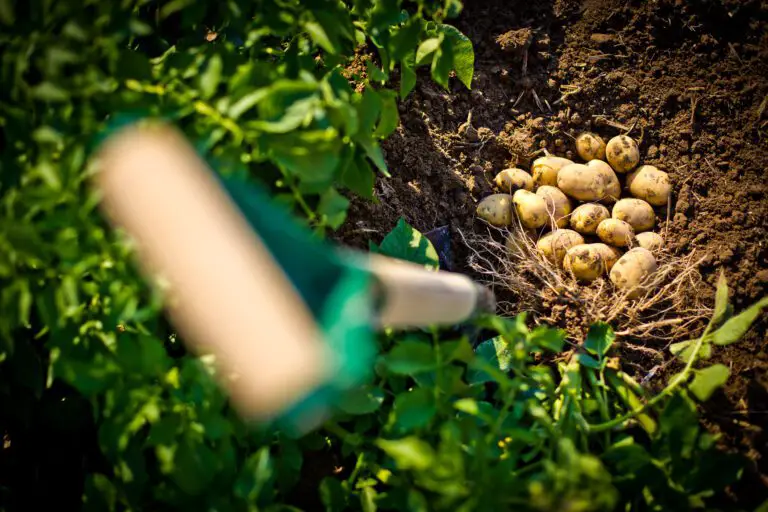Potassium (K) Nutrient Deficiencies: Causes, Symptoms, and Solutions for Your Plants
Table of Contents
Understanding the Importance of Potassium in Plant Nutrition
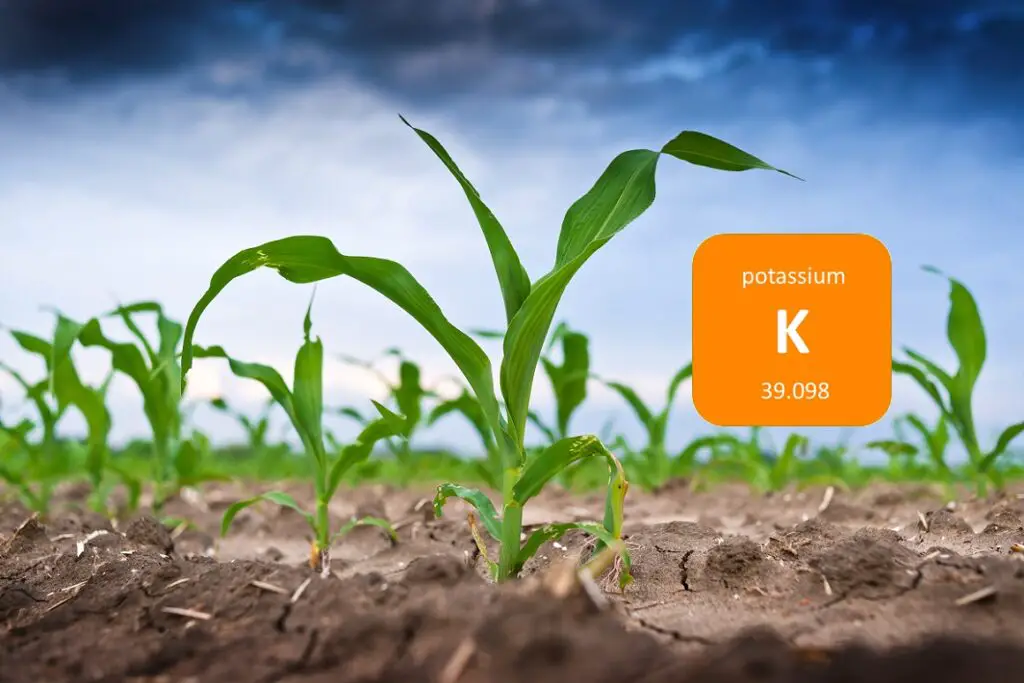
Potassium (K) Nutrient Deficiencies is a vital nutrient in plant nutrition, playing a crucial role in various physiological processes that promote optimal growth and development. As an essential macronutrient, it is required in relatively high quantities for plants to thrive. One of the primary functions of potassium is its involvement in osmoregulation, facilitating the movement of water and nutrients within the plant’s tissues. Additionally, potassium is instrumental in maintaining the plant’s turgor pressure, which is necessary for cell expansion and overall plant structure.
Furthermore, potassium acts as an enzyme activator for several key metabolic reactions within plants. It plays a significant role in photosynthesis, aiding in the synthesis of carbohydrates and the production of adenosine triphosphate (ATP), the primary energy currency in plants. Potassium also regulates stomatal opening and closing, influencing gas exchange and water transpiration. Additionally, it assists in the formation of proteins and the activation of enzymes involved in numerous biochemical processes.
In summary, understanding the importance of potassium in plant nutrition is essential for gardeners and cultivators aiming to maximize their plant’s growth and yield. From regulating water balance to facilitating energy production and enzyme activation, potassium plays a critical role in the overall health and vigor of plants. By ensuring an adequate supply of this vital nutrient, gardeners can contribute to the successful cultivation of robust and productive gardens.
Common Causes of Potassium Deficiencies in Plants
Potassium (K) Nutrient Deficiencies in plants can be attributed to various factors, each playing a crucial role in limiting the availability and uptake of this essential nutrient. One common cause of potassium deficiencies is the imbalance in the soil’s nutrient composition. When soils are high in calcium, magnesium, or sodium, it can hinder the plant’s ability to absorb potassium efficiently. Additionally, soils that are excessively acidic or alkaline may also contribute to potassium deficiencies.
Another factor that can lead to potassium deficiencies is inadequate fertilization. Insufficient or improper application of potassium-rich fertilizers can result in inadequate nutrient levels in the soil, leading to deficiencies in plants. It is important for gardeners and growers to carefully analyze soil nutrient levels and ensure that potassium fertilizers are applied in the appropriate amounts and at the right time to maintain optimal potassium availability for plant uptake.
Furthermore, excessive leaching due to heavy rainfall or over-irrigation can also deplete the soil’s potassium content. When water passes through the soil, it can carry away essential nutrients, including potassium, making it less available for plant uptake. This is particularly common in sandy soils or areas with poor water retention capacity.
Understanding these common causes of potassium deficiencies in plants is essential for effective plant nutrition management. By addressing these factors and implementing appropriate corrective measures, growers can ensure optimal potassium levels for healthy plant growth and development.
Recognizing the Symptoms of Potassium Deficiencies in Plants
| Symptom | Description |
|---|---|
| Brown or burnt-looking leaf edges and tips | These can be found in plants with potassium deficiencies. |
| Chlorosis between leaf veins | This is another common symptom of potassium deficiency. |
| Purple spots on the underside of leaves | These spots can indicate a potassium deficiency. |
| Leaf necrosis | If left untreated, potassium deficiency can lead to leaf necrosis. |
| Slow growth | Potassium deficiency can cause slow growth in plants. |
| Increased susceptibility to diseases | Plants with potassium deficiencies are more susceptible to diseases. |
Potassium is an essential nutrient for plants, playing a critical role in their growth and development. However, potassium deficiencies can often go unnoticed, leading to detrimental effects on plant health. Recognizing the symptoms of potassium deficiencies in plants is crucial to effectively address these issues and ensure optimal plant nutrition.
One of the first signs of potassium deficiency in plants is yellowing or browning of the leaf edges, also known as leaf scorching. This symptom typically begins at the leaf tip and progresses towards the midrib. As the deficiency worsens, the affected leaves may become dry, brittle, and prone to damage. Additionally, plants lacking potassium may exhibit stunted growth, with shorter stems and smaller leaves. The overall vitality and vigor of the plant may also decline, impacting its ability to withstand environmental stresses and resist diseases.
Another common symptom of potassium deficiency is the appearance of necrotic spots on the leaves. These small, dark lesions may develop across the surface of the leaf, causing it to become discolored and distorted. In some cases, the necrotic areas may expand, leading to the collapse and death of the affected tissue. This can significantly hinder the plant’s ability to photosynthesize and produce energy, further compromising its growth and productivity.
To accurately diagnose potassium deficiencies, it is essential to consider the overall health of the plant, as well as the presence of other nutrient deficiencies or imbalances. Leaf tissue analysis and soil testing can provide valuable insights into the potassium status of the plant and help determine the appropriate corrective measures. Timely recognition and treatment of potassium deficiencies can ensure healthier, more productive plants and enhance overall gardening success.
Impact of Potassium Deficiencies on Plant Growth and Development
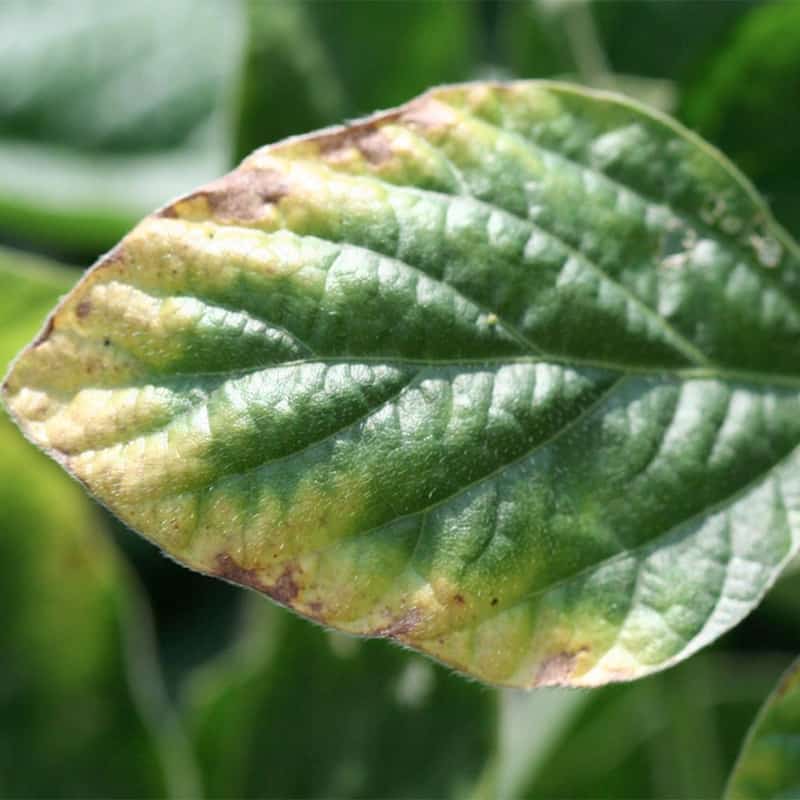
Potassium is a vital nutrient for plants and plays a critical role in their growth and development. A deficiency of this essential element can have a significant impact on the overall health and productivity of plants.
First and foremost, a lack of potassium can lead to stunted growth in plants. This mineral is involved in numerous physiological processes, including enzyme activation and protein synthesis. Without an adequate supply of potassium, plants suffer from reduced cell division and elongation, resulting in stunted and underdeveloped plant structures.
Additionally, potassium is essential for the regulation of water and nutrient movement within plants. It helps maintain proper water balance in cells, ensuring turgidity and preventing wilting. Furthermore, potassium facilitates the uptake and transportation of other essential nutrients, such as nitrogen and phosphorus. Therefore, a deficiency in potassium can negatively impact nutrient absorption and utilization, leading to further nutrient deficiencies and compromised plant health.
In summary, potassium deficiencies can have detrimental effects on plant growth and development. Stunted growth, reduced cell division, and impaired nutrient uptake are just some of the consequences that can arise from a lack of this crucial nutrient. Gardeners and farming enthusiasts must ensure adequate potassium supply to promote healthy plant growth and maximize crop yields.
The Role of Potassium in Photosynthesis and Energy Production
Photosynthesis is a vital process for plants as it allows them to convert sunlight into energy for growth and development. One essential element that plays a key role in this process is potassium. Potassium is involved in several critical functions related to photosynthesis and energy production within plants.
Firstly, potassium is essential for the activation of enzymes involved in photosynthesis. These enzymes play a crucial role in the conversion of light energy into chemical energy, enabling plants to synthesize carbohydrates and other organic compounds necessary for growth. Without an adequate supply of potassium, the efficiency of these enzymes is compromised, resulting in reduced photosynthetic activity.
Additionally, potassium helps regulate the opening and closing of stomata, which are tiny openings on the surfaces of leaves that allow gases, including carbon dioxide, to enter and exit the plant. Stomatal regulation is crucial for maintaining the optimal balance of carbon dioxide and oxygen required for photosynthesis. Potassium ions play a role in controlling the movement of water into and out of guard cells that surround stomata, thereby influencing their opening and closing. This ensures efficient gas exchange and facilitates the uptake of carbon dioxide needed for photosynthesis.
Furthermore, potassium contributes to the synthesis of adenosine triphosphate (ATP), a molecule often referred to as the energy currency of cells. ATP is responsible for supplying energy to various metabolic processes in plants, including photosynthesis. Potassium ions are involved in the phosphorylation of adenosine diphosphate (ADP) to produce ATP within the chloroplasts, the site of photosynthesis in plant cells. This ATP is then utilized to drive energy-requiring reactions during the light-independent phase of photosynthesis, such as the formation of glucose.
In conclusion, potassium plays a crucial role in photosynthesis and energy production in plants. It is involved in enzyme activation, stomatal regulation, and ATP synthesis, all of which contribute to the efficient conversion of light energy into chemical energy. Understanding the importance of potassium in these processes can help gardeners and agriculturists implement appropriate strategies to ensure optimal plant growth and development.
How to Conduct Soil Testing for Potassium Levels
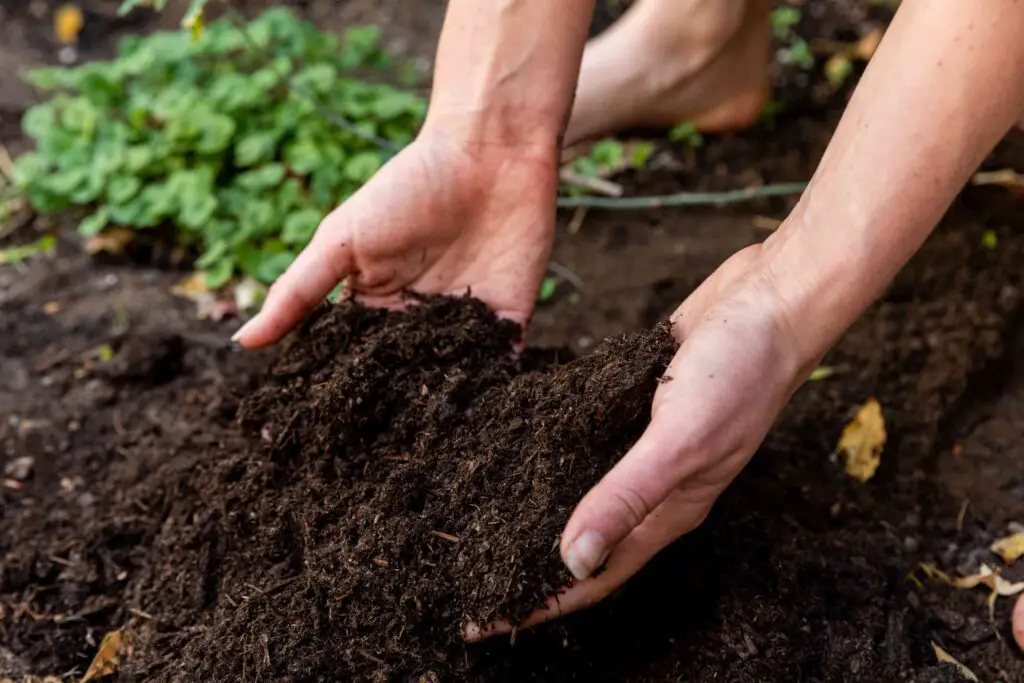
Soil testing is an essential step in understanding the nutrient composition of your soil, including the level of potassium present. Conducting a soil test for potassium levels is a straightforward process that can provide valuable insights to help you optimize your plant nutrition.
To begin, you will need to collect a soil sample from the area you wish to test. It’s important to gather samples from different locations within the same area to get a representative analysis. Use a soil probe or a trowel to collect soil samples at a depth of 6-8 inches. Make sure to remove any plant debris or rocks from the sample.
Once you have your soil samples, combine them in a clean bucket, mixing thoroughly to create a homogenous sample. Take a small portion of this mixture and place it in an appropriate container, such as a ziplock bag or a soil test box, ensuring it is well-labeled with your name, date, and location. It is advisable to consult a local agricultural extension office or a reputable soil testing lab to obtain the right container or kit for the test.
After preparing your soil sample, you can send it to a laboratory for analysis. There are numerous soil testing labs available that specialize in analyzing soil nutrients, including potassium. Some labs even provide easy-to-follow instructions on how to submit your sample and receive the results. The lab will use various techniques, such as colorimetry or atomic absorption spectrophotometry, to measure the potassium content in your soil accurately. The results will typically be provided in parts per million (ppm) or pounds per acre (lbs/acre), allowing you to gauge the potassium availability and make informed decisions about fertilizer application.
Effective Strategies for Correcting Potassium Deficiencies in Plants
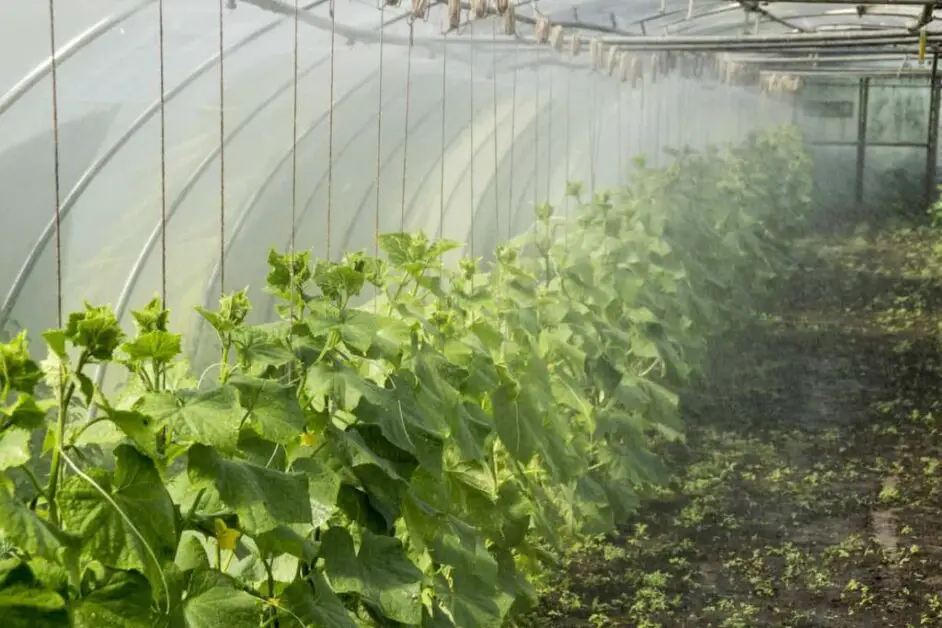
One of the most effective strategies for correcting potassium deficiencies in plants is through soil amendment. Since potassium is a soil nutrient, replenishing the potassium levels in the soil can address the deficiency and promote healthy plant growth. This can be achieved by adding potassium-rich amendments such as compost, manure, or organic fertilizers to the soil. These amendments slowly release potassium into the soil, ensuring a steady supply of this essential nutrient to the plants. It’s important to note that the amount of potassium required may vary depending on the specific plant species and the severity of the deficiency, so it’s advisable to conduct a soil test to determine the appropriate dosage.
Another strategy to correct potassium deficiencies is through foliar application of potassium fertilizers. This method involves spraying a potassium-rich solution directly onto the plants’ leaves, allowing them to absorb the nutrient quickly. Foliar application is particularly useful in cases where the deficiency needs to be addressed promptly, as it bypasses the need for the plant to absorb potassium through the root system. However, it’s essential to ensure that the concentration of potassium in the foliar fertilizer is appropriate and that the application is done at the right time during the plant’s growth cycle to maximize effectiveness. It’s also important to note that foliar application is often used as a supplemental method and should not replace soil amendments as a long-term solution.
Organic Sources of Potassium for Sustainable Plant Nutrition
Potassium is an essential nutrient for plants as it plays a crucial role in various physiological processes. For those looking to maintain sustainable plant nutrition, organic sources of potassium are an excellent option. These natural sources not only provide the necessary potassium but also contribute to the overall health of the soil.
One such organic source of potassium is banana peels. These peels are rich in potassium, making them a cost-effective and easily accessible option for gardeners. Simply chop the peels into small pieces and incorporate them into the soil or use them as mulch around plants. Over time, as the peels decompose, they release potassium, enriching the soil and promoting healthy plant growth.
Another organic source of potassium is wood ash. Ash obtained from burned wood contains high amounts of potassium, making it a valuable natural fertilizer. However, it is important to note that wood ash should be used sparingly as excessive amounts can raise the soil’s pH level, causing an imbalance in nutrient availability for plants. Additionally, wood ash should only be used on alkaline or neutral pH soils to prevent further pH disturbance.
Best Practices for Fertilizer Application to Prevent Potassium Deficiencies
To prevent potassium deficiencies in plants, it is essential to follow best practices for fertilizer application. One of the most effective strategies is to conduct regular soil testing to determine the potassium levels in the soil. Soil testing provides valuable information about the nutrient content and pH levels, enabling gardeners to make informed decisions about fertilizer application.
Based on the soil testing results, gardeners can choose a balanced fertilizer containing potassium, along with other necessary nutrients. It is important to follow the manufacturer’s instructions regarding the proper quantity and timing of fertilizer application. Applying fertilizer in excessive amounts or at inappropriate times can result in nutrient imbalances or environmental pollution.
Moreover, it is advisable to use slow-release fertilizers that provide a steady supply of potassium over an extended period. This helps prevent nutrient leaching and ensures that the plants receive a continuous supply of potassium for optimal growth and development. Additionally, practicing proper watering techniques, such as deep watering instead of frequent shallow watering, can help prevent the loss of potassium from the root zone.
By adopting these best practices for fertilizer application, gardeners can effectively prevent potassium deficiencies in plants, promoting healthy growth and maximizing yields.
Understanding the Interaction Between Potassium and Other Nutrients
Potassium is a crucial nutrient for plant growth and development, but its effectiveness can be greatly influenced by the presence of other nutrients. The interaction between potassium and other nutrients in the soil can have significant implications for plant health and productivity.
One important interaction is the relationship between potassium and nitrogen. Potassium enhances nitrogen absorption by plants, thereby promoting chlorophyll formation and photosynthesis. It also helps in the regulation of stomatal openings, optimizing water use efficiency and reducing water stress. On the other hand, nitrogen deficiency can impair potassium uptake, leading to reduced growth and yield. Achieving a balanced ratio of potassium to nitrogen is essential for maximizing plant performance and overall health.
Similarly, the interaction between potassium and phosphorus is critical for nutrient uptake and utilization. Potassium improves phosphorus availability in the soil, making it more accessible for plant roots. Phosphorus is essential for energy transfer, root development, and flowering. When both potassium and phosphorus are deficient, plants may display stunted growth and poor root development. Therefore, it is crucial to maintain an appropriate balance between these two nutrients to ensure optimal plant growth.
Furthermore, the interactions between potassium, calcium, and magnesium play a vital role in maintaining the structural integrity of plant cells. Potassium helps in the transportation and accumulation of calcium and magnesium within the plant, ensuring proper cell division, strong stems, and healthy leaves. Insufficient potassium levels can lead to calcium and magnesium deficiencies, resulting in weak cell walls and increased susceptibility to diseases and pests.
Understanding these dynamic interactions between potassium and other nutrients is essential for effective nutrient management in plant nutrition. By maintaining a balanced and harmonious nutrient profile, gardeners can ensure that their plants receive the optimal nutrition they need to thrive. Stay tuned for the next section, where we will explore tips for maintaining optimal potassium levels in different soil types.
Tips for Maintaining Optimal Potassium Levels in Different Soil Types
| Soil Type | Maintenance Strategy |
|---|---|
| Sandy, low organic-matter soils | Minimize potassium loss, as these soils have little capacity to hold or retain potassium4. |
| Soils with low nutrient-holding ability (low Cation Exchange Capacity – CEC) | Take leaching into account and prevent the loss of potassium through the system. Apply potassium at least on a yearly basis in the spring, close to the time of plant uptake. Band as much potassium as possible and consider strip-application before tillage if tilling is done1. |
| High-organic matter soils (mucks and peats) | Require potassium management similar to soils with high soil compaction or high nitrate levels. Modify potassium management to help keep the nutrient flowing well into the system |
Maintaining optimal potassium levels in different soil types is crucial for the successful growth and development of plants. The availability of potassium in the soil directly affects the health and productivity of plants, making it essential for gardeners to understand how to maintain this nutrient in their respective soil types.
One important tip for maintaining optimal potassium levels is to conduct regular soil testing. By testing the soil, gardeners can determine the existing potassium levels and identify any deficiencies or excesses. This information is vital in devising a suitable fertilization plan that meets the specific potassium needs of the plants being cultivated. Soil testing can be easily performed using various kits available in the market or by sending samples to a laboratory for detailed analysis.
Another effective strategy is to use organic sources of potassium for sustainable plant nutrition. Organic materials such as compost, manure, and seaweed contain ample amounts of potassium, and their regular application can improve soil fertility and replenish potassium reserves. Additionally, organic sources also contribute to the overall health of the soil by promoting microbial activity and enhancing nutrient availability. Incorporating organic matter into the soil not only provides a slow-release source of potassium but also encourages long-term soil health and sustainability.
In conclusion, maintaining optimal potassium levels in different soil types is essential for the successful growth and productivity of plants. Regular soil testing and the use of organic sources of potassium are two effective strategies for achieving this goal. By prioritizing potassium nutrition, gardeners can ensure that their plants have access to this vital nutrient, leading to stronger, healthier, and more vibrant plant growth.
Potential Risks and Side Effects of Excessive Potassium Application
Excessive application of potassium in gardening and agriculture can have potential risks and side effects. While potassium is essential for plant growth and development, an excess of this nutrient can lead to imbalances in the soil and negatively impact plant health. High levels of potassium can disrupt the uptake of other essential nutrients, such as calcium and magnesium, leading to deficiencies in these elements. This can result in various physiological disorders, reduced plant vigor, and diminished overall crop yield.
Moreover, excessive potassium application can also have detrimental effects on soil quality. When potassium is applied in excessive amounts, the excess can leach into water bodies and contribute to water pollution. This can have detrimental effects on aquatic ecosystems, as high potassium concentrations can alter the water chemistry and disrupt the balance of the ecosystem. Additionally, excessive amounts of potassium in the soil can increase salinity levels, making it harder for plants to take up water and nutrients, ultimately affecting their growth and survival. Therefore, it is crucial to apply potassium fertilizers carefully and in accordance with recommended dosages to prevent these potential risks and side effects.
Case Studies: Successful Solutions for Resolving Potassium Deficiencies in Plants
Case Studies: Successful Solutions for Resolving Potassium Deficiencies in Plants
In the realm of plant nutrition, potassium plays a crucial role in supporting healthy growth and development. However, potassium deficiencies can often pose challenges for gardeners and plant enthusiasts. To shed light on effective solutions for resolving such deficiencies, let’s examine a couple of illuminating case studies.
Case Study 1: A tomato gardener in a suburban setting noticed signs of potassium deficiency in their plants. Leaves were yellowing, and the overall growth seemed stunted. After conducting a soil test, it was revealed that the potassium levels were indeed inadequate. The gardener opted for an organic solution, incorporating composted banana peels, rich in potassium, into the soil. Over time, the deficiency was successfully rectified, and the tomato plants thrived, producing robust, vibrant fruits.
Case Study 2: An experienced hydroponics enthusiast noticed the tell-tale signs of potassium deficiency in their lettuce crop. The leaves displayed necrotic spots and appeared weak and less vigorous. After careful consideration, the grower adjusted the nutrient solution by increasing the potassium concentration. This alteration, combined with a balanced nutrient solution, led to a dramatic improvement in the lettuce plants’ health and vitality, with a noticeable reduction in the symptoms of potassium deficiency.
These case studies highlight the importance of diagnosing and addressing potassium deficiencies promptly. By employing tailored strategies, tailored to the specific needs of the plants, gardeners and growers can successfully resolve such deficiencies, fostering optimal growth and productivity.
What are some common causes of potassium deficiencies in plants?
Some common causes of potassium deficiencies in plants include poor soil fertility, excessive leaching, high rainfall, inadequate fertilization, and certain soil conditions such as low cation exchange capacity.
How can I recognize the symptoms of potassium deficiencies in plants?
Symptoms of potassium deficiencies in plants can vary depending on the specific plant species, but common signs include yellowing or browning of leaf edges, weak stems, stunted growth, reduced fruit or flower production, and increased susceptibility to diseases and pests.
What is the impact of potassium deficiencies on plant growth and development?
Potassium deficiencies can significantly hinder plant growth and development. They can lead to reduced root development, poor nutrient uptake, decreased photosynthesis and energy production, weakened plant structure, and overall poor plant health.
How does potassium play a role in photosynthesis and energy production?
Potassium is essential for the activation of enzymes involved in photosynthesis and energy production. It helps in the synthesis and transport of carbohydrates, regulates stomatal opening and closing, and maintains a proper balance of ions within plant cells.
How can I conduct soil testing for potassium levels?
Soil testing for potassium levels can be done by collecting soil samples from different areas of your garden or field, sending them to a reputable soil testing laboratory, and following their guidelines for sample collection and analysis.
What are some effective strategies for correcting potassium deficiencies in plants?
Effective strategies for correcting potassium deficiencies include applying potassium-rich fertilizers, using organic sources of potassium such as compost or manure, improving soil drainage and aeration, and adjusting the pH levels of the soil if necessary.
Are there organic sources of potassium for sustainable plant nutrition?
Yes, there are several organic sources of potassium that can be used for sustainable plant nutrition. These include compost, manure, wood ash, seaweed extracts, and various organic fertilizers labeled as high in potassium.
What are the best practices for fertilizer application to prevent potassium deficiencies?
To prevent potassium deficiencies, it is important to follow the recommended rates and timing for fertilizer application. Applying fertilizers evenly and avoiding excessive use can help ensure optimal nutrient uptake and prevent imbalances.
How does potassium interact with other nutrients?
Potassium interacts with other nutrients in various ways. It affects the uptake and utilization of nitrogen, phosphorus, calcium, magnesium, and other essential nutrients. Proper potassium levels are crucial for maintaining a balanced nutrient profile in plant tissues.
How can I maintain optimal potassium levels in different soil types?
Maintaining optimal potassium levels in different soil types can be achieved by regularly monitoring soil nutrient levels, adjusting fertilizer applications based on soil test results, implementing proper irrigation and drainage practices, and using appropriate potassium sources for specific soil types.
What are the potential risks and side effects of excessive potassium application?
Excessive potassium application can lead to imbalances with other nutrients, such as magnesium and calcium, which can negatively affect plant health. It may also contribute to soil salinity, reduce water uptake, and interfere with nutrient availability. It is important to follow recommended guidelines for potassium application to avoid these risks.
Can you provide any case studies on successful solutions for resolving potassium deficiencies in plants?
Yes, the article includes case studies that share successful solutions for resolving potassium deficiencies in plants. These case studies provide real-life examples of how different approaches and strategies were implemented to address and overcome potassium deficiencies in various plant species.

Suyash Dhoot, editor at SouthElMonteHydroponics.com, is a pioneering force in hydroponics. His expertise spans nutrient solutions and cutting-edge technology. Through meticulous editing, he elevates the site to a beacon of knowledge, offering invaluable insights. Dhoot’s dedication shapes a greener, more efficient future for agriculture.

